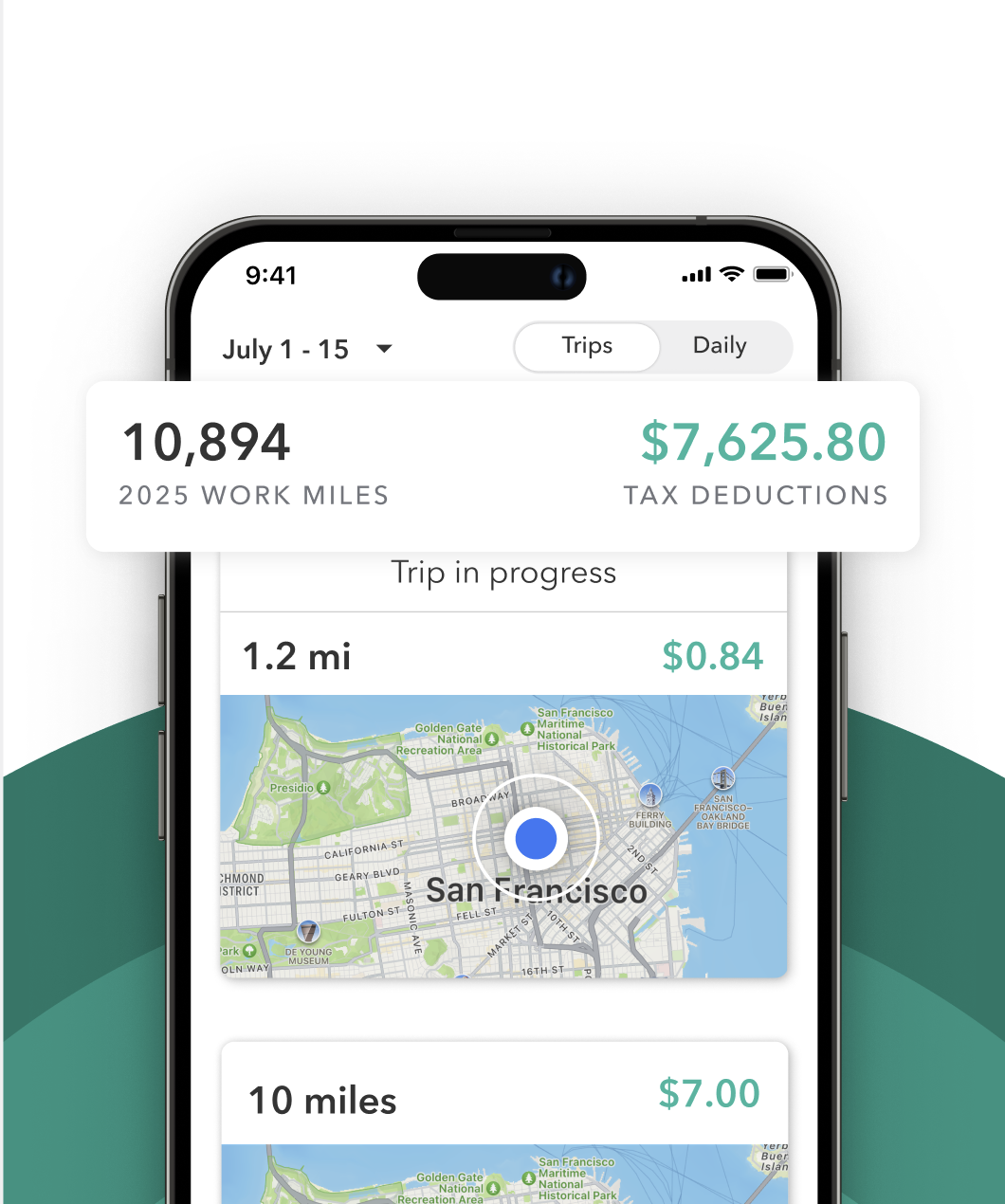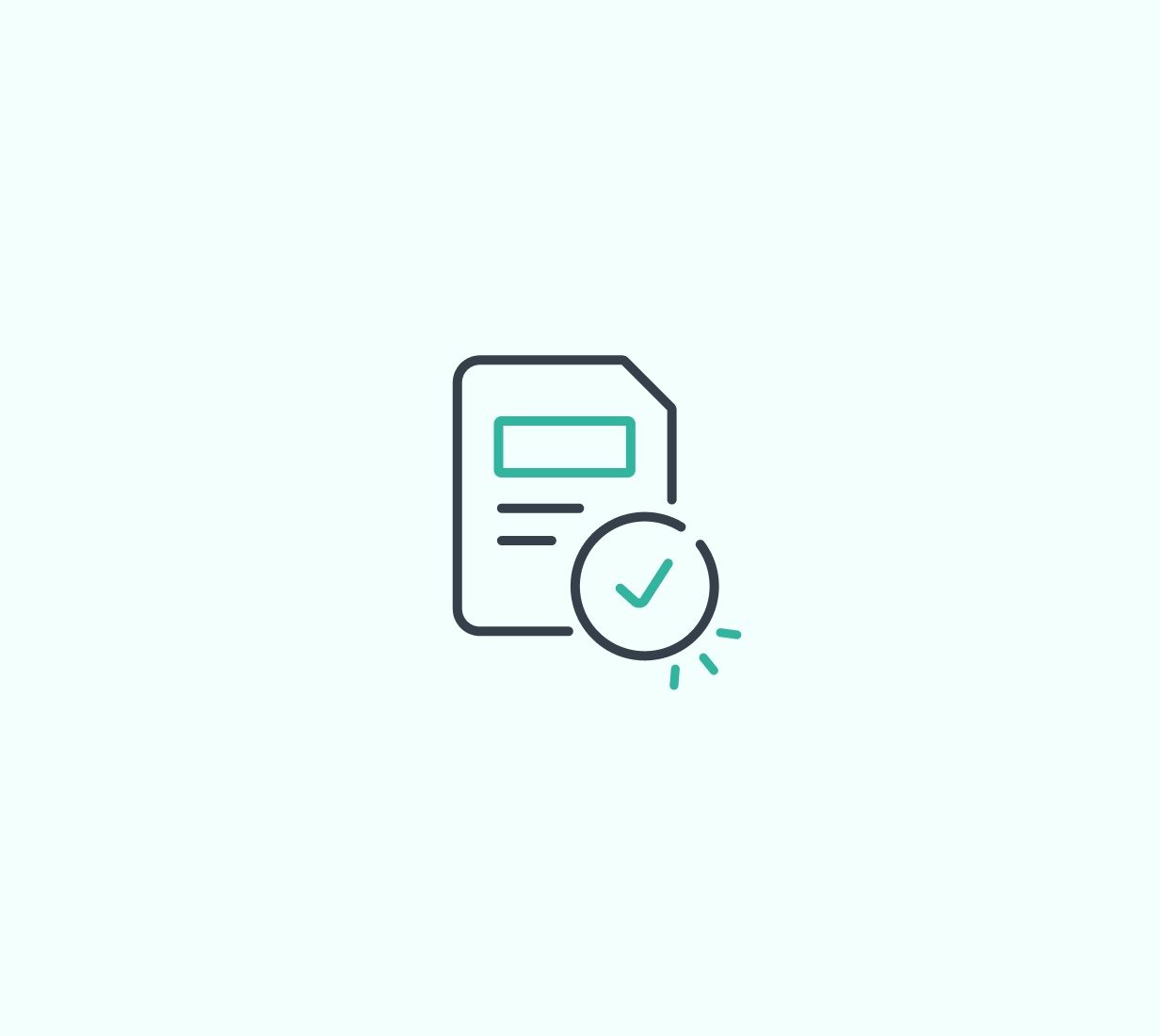If you drive for Amazon Flex, you’re considered an independent contractor. That means you’re running your own business, even if it’s part-time. You’re in charge of reporting your income and paying self-employment taxes.
But if this is your first time filing taxes as a Flex driver, things can get confusing quickly. What form should you expect? What happens if you didn’t get one? And how do you actually use these forms to file?
This guide breaks it all down, step by step.
What tax forms does Amazon Flex send?
If you earned enough during the year, Amazon Flex will send you a 1099 tax form by January 31 of the following year.
Look for at least one of the following:
- 1099-NEC: Sent if you were paid more than $600 directly by Amazon Flex.
- 1099-K: Sent if you were paid through a third-party payment processor like Stripe, and you meet the IRS thresholds for total income and number of transactions.
These forms report your gross (pre-tax) income to the IRS, and you are required to include this income when you file. You also will receive a annual earnings summary, available in your Amazon Flex portal, even if you didn’t meet the 1099 threshold. This is not a tax form, but helpful anyway.
Understanding each tax form
1099-NEC
This is the most common form for Amazon Flex drivers. It reports nonemployee compensation, which is everything Amazon paid you directly.
What to look for:
- Box 1: Total gross income from Amazon Flex, before fees or expenses.
- Personal info: Make sure your name, address, and Social Security number are correct.
1099-K
Some drivers may receive a 1099-K instead of, or in addition to, a 1099-NEC. This typically applies if you were paid through a processor like Stripe.
What to look for:
- Box 1a: Total gross payments processed on your behalf.
- Box 2: Number of transactions during the year.
- Payee info: Double-check that your details are accurate.
New IRS reporting rules are increasing the number of drivers who receive 1099-Ks, so expect more of these in future tax years.
Annual Earnings Summary
This summary is available to all drivers inside the Amazon Flex portal. It includes:
- Total gross earnings
- Weekly or monthly payouts
- Year-end totals, even if no 1099 was issued
You can use this summary to report your income if you didn’t meet the official IRS thresholds.
Thresholds for receiving tax forms
Tax forms are issued based on IRS reporting thresholds. If you exceed the required earnings, Amazon Flex will send a 1099-NEC. If your earnings fall below the threshold, you may not receive a form, but your income is still taxable and must be reported.
Where to find your Amazon Flex tax documents
You can access your tax forms by:
- Logging into the Amazon Flex driver portal
- Navigating to the “Tax Documents” or “Earnings” section
- Downloading your 1099 form or year-end summary when available
Tax documents are generally released by January 31 of the following year.
What to do if you didn’t receive a tax form
If you didn’t receive a 1099 but still earned income from Amazon Flex, follow these steps:
- Log into your Flex account and download your full earnings history
- Use that data to calculate your total income for the year
- Include your earnings when filing your taxes, even without a 1099
You are responsible for reporting all your income, regardless of whether a form is provided.
How to use your 1099 to file taxes
Once you have your tax forms, you’ll report that income on IRS Form 1040 using Schedule C.
Step 1: Report your gross income
Use the amount listed in Box 1 of your 1099-NEC or Box 1a of your 1099-K. Enter that number under “Gross Receipts” on your Schedule C.
Step 2: Subtract your expenses
List your Amazon Flex deductions. These can include:
- Standard mileage or actual vehicle expenses
- Tolls and parking
- Business portion of your phone bill
- Car maintenance and supplies
- Snacks and water for long shifts
Choose either the standard mileage rate or actual car expenses, not both.
Step 3: Calculate your net income
Subtract your expenses from your gross income. This is your net profit, which determines your tax liability.
Step 4: Account for self-employment tax
Independent contractors are required to pay self-employment tax. This covers Social Security and Medicare, and is currently 15.3% of your net earnings. You may also owe federal income tax and state tax, depending on where you live.
What to check before you file
Make sure your tax forms are accurate before submitting your return:
- Your name, address, and Social Security number are correct
- Income matches your records
- All income is included, even if you didn’t receive a form
- Expenses are properly documented and categorized
- You’ve saved copies of your forms and summaries
Keeping everything organized will help you avoid filing delays, errors, or future audit issues.
What if you made a mistake or missed a form?
If you forgot to report your Flex income or made an error when filing, don’t panic. You can file an amended tax return using Form 1040-X. If the IRS catches the mistake first, they may send a notice and assess penalties or interest. Correcting errors early helps avoid these problems.
As an Amazon Flex driver, you are responsible for tracking your income and reporting it to the IRS. Whether you receive a 1099-NEC, a 1099-K, or just use your earnings summary, that income needs to be filed. Your tax forms are only one part of the equation. It’s up to you to stay organized, track your expenses, and make sure your return is complete and accurate. If you take it one step at a time, it gets easier every year.











